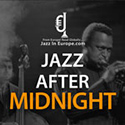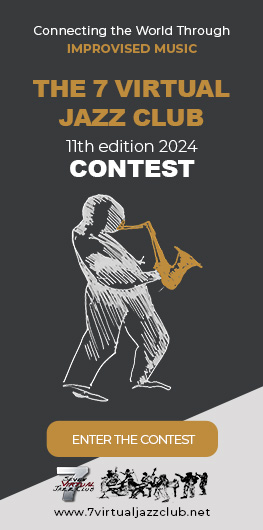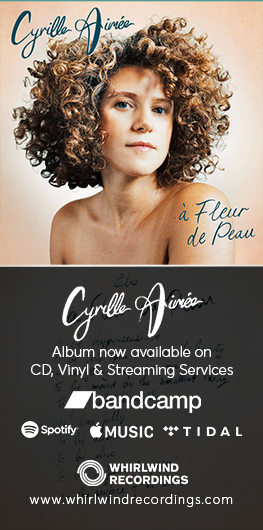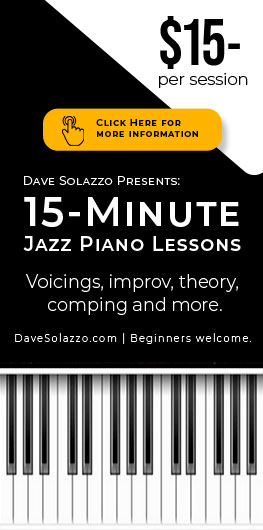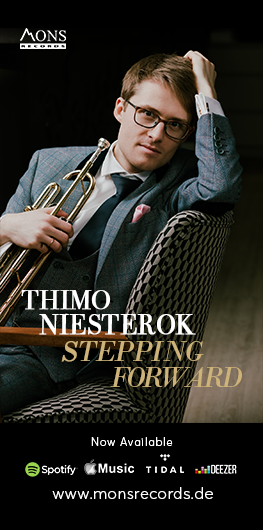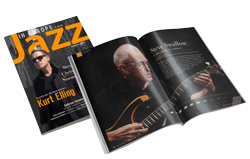 Pianist, composer and rising star Sultan Stevenson has been making significant waves across the globe since the release of his debut album ‘Faithful One’ and winning the ‘Newcomer of the Year’ Parliamentary Jazz Award in 2023. Graduating from the Guildhall School of Music only last year, Sultan has studied with an inspirational list of tutors including Simon Purcell and Robert Mitchell and is alumni of the Julian Joseph Jazz Academy and Tomorrow’s Warriors. It is therefore of no surprise that not only are his technical skills outstanding, but his artistic vision and musical mindset is purposeful and inspired.
Pianist, composer and rising star Sultan Stevenson has been making significant waves across the globe since the release of his debut album ‘Faithful One’ and winning the ‘Newcomer of the Year’ Parliamentary Jazz Award in 2023. Graduating from the Guildhall School of Music only last year, Sultan has studied with an inspirational list of tutors including Simon Purcell and Robert Mitchell and is alumni of the Julian Joseph Jazz Academy and Tomorrow’s Warriors. It is therefore of no surprise that not only are his technical skills outstanding, but his artistic vision and musical mindset is purposeful and inspired.
Released in March 2023, Faithful One, features eleven tracks composed and produced by Sultan with Sultan on the piano, joined by bassist Jacob Gryn, drummer Joel Waters with the addition of trumpet (Josh Short) and Sultan’s past tutor, Denys Baptiste on tenor saxophone for four tracks. It is a stunning debut which demonstrates surprising maturity and depth and as Sultan says ‘each track has distinct musical characteristics but they reflect different parts of my musical and human being’. You can read more detail in Peter McClaren’s review here
In the ever-evolving world of jazz, I am thrilled to see so many new, innovative and exciting musicians truly shaping the scene, not just musically, but with a shift in mindset and a refreshing (and much needed) approach to the life of a working jazz musician. The global impact and importance of jazz, not only as an artform but as a significant form of communication, the importance of connectivity and how music is a path travelled by all are key features with a range of new artists. Amy Gadiaga, Luke Bacchus, David Kayode, Romarna Campbell, Sultan Stevenson and many more are at the forefront of bringing jazz into a new light.
I spoke to Sultan before a run of high profile performances across the globe including the Steinway 2 Piano Festival, JazzAhead, South by Southwest (SXSW) Birmingham Symphony Hall and tour of Ireland. I have been fascinated by the seeming divide with new upcoming musicians and established artists when it comes to venues – where musicians want to play and the importance and relevance of those venues. Some artists consider playing at Ronnie’s Scott’s, for example, as the ultimate goal, whereas as some have no desire to perform there at all. As a fairly recent graduate, taking on the world, and having had many conversations with musicians at the beginning of their career, I was curious as to whether Sultan had a plan and as a London based musician, his thoughts on any venues he was hoping to play at.
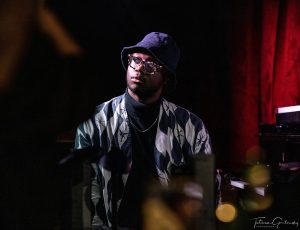
Photo by Tatiana Gorilovsky
There are many great venues across the world and Ronnie’s would be a great for me as a milestone for sure but for me something massive means playing somewhere like the Newport Jazz Festival, Blue Note, Montreux Jazz Festival… these are the places I’ve seen my heroes play so I relate to these massively. When I see Newport, I think of Duke Ellington, I think of Sarah Vaughan, Coltrane, Ella, Geri Allen – people that I really love to listen to. For me the goal is to be like the people that I grew up with – Herbie Hancock, McCoy Tyner, again Geri Allen and follow in their footsteps and play in the festival’s and on the stages they played. I want to see the world and bring my music to the whole world – Asia, Africa, the Middle East and central Europe and the Caribbean – all these places.
Working as a jazz musician has always been a challenge and arguably increasingly so, and Sultan and I spoke about how you develop the skills you need to actually work as a freelance musician, responsible for an ever increasing portfolio. I asked Sultan where he felt he developed his music business skills.

Photo by Tatiana Gorilovsky
The Guildhall School of Music is a Conservatoire, so they are about equipping you with the skills that are more to do with musical training, musicianship, technical facility, that’s the purpose. I guess if you maybe go somewhere that is not a Conservatoire, and take a general music degree, I think you are more likely to get those business skills to help you be a musician in the 21st century. I learned a lot from my parents and from Tomorrow’s Warriors having really great teachers surrounding me who actually imparted this knowledge onto me. So when I was in my third/ fourth year, in the latter stages of my training, it wasn’t something that caught me off guard – I didn’t need to suddenly work out how to pay rent, how do I pay my bus fare etc – it was already in place, the strategies and the kind of resources that are at your fingertips in order to actually survive doing what I like to do.
Sultan references his father, John Stevenson, as a significant influence in his journey into jazz. He ran a jazz radio station in Barbados and was at one stage a full time journalist, writing liner notes for many albums and Sultan was exposed to jazz from a young age surrounded by the jazz legends – Coltrane, Ella etc. Sultan says his father is directly responsible for the reason he plays jazz and he has a beautifully rich portfolio of references which he calls upon and uniquely, beyond his music, demonstrates with a fascinating project.

The Geri Allen hat
During lockdown, Sultan developed an interest in bucket hats, taught himself how to use a sewing machine and launched his own line of hats. Mostly using West African patterns and stunning colours, each hat is a doorway into Sultan’s musical mind and demonstrates the huge variety of diverse artists that inspire him. ‘The Ellington Hat’ has intricate terracotta and green triangular features while ‘The Peterson Hat’ is full of 3D squares in a range of vibrant colours. Looking through photos of Sultan’s hats, it gives you a truly unique insight into his creative mind and the physical hats, add material textures into the mix too. With over 50 hats including Horace Silver, Jelly Roll Morton, Marian McPartland to Robert Glasper, I could have easily just explored these with him! Sultan was wearing his Monk hat while we spoke, so I started with that one.
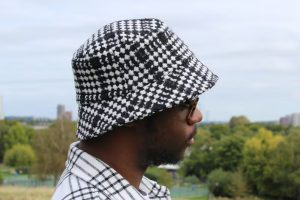
The Monk hat
I’m always trying to find subtle things in different patterns and fabrics that inspire me and link to the personality of the players. Monk was a peculiar player but there was always a sense of symmetry to his playing and there’s always a thread and always something you can follow especially in the harmony. The way he thinks about harmony… very symmetrical even though it’s very adjective and you know sometimes very rough but there’s always of symmetry and this hat is from a rough material. But it’s not like a perfect kind of system, it’s just something almost quirky and very personal to me.
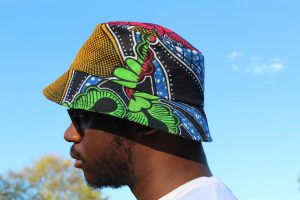
The Hiromi Hat
With Hiromi, I guess it was the colours. She’s a very expressive person, has a lot of technique and can play loads of different styles together. Very, very well versed and I kind of link that to the nature of the fabric. I have the Geri Allen hat which is quite colourful. She was a very, very expressive person, very colourful very, very emotive in the way she plays and it is about trying to link both sensibilities to the sensibility of fabric.
People who know me, know how partial I am to hats, but Sultan takes this to a whole new level. Sultan’s hats give you a true insight into his world and the depth of his connection with an incredible spectrum of pianists. Who knew hats could tell you so much!
Speaking to Sultan, I was quickly drawn in and immersed in his passion for his art. He was so warm, articulate and his vision and purpose for his music, clear. With a second album already recorded and due out this year, I cannot wait to see his star rise even further.
To buy Faithful One click here
To visit Sultan’s online Hat Store click here
Sultan Stevenson website click here
Cover photo by Steve Funkeyfeet
Last modified: July 9, 2024









